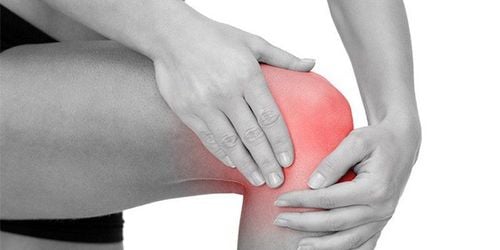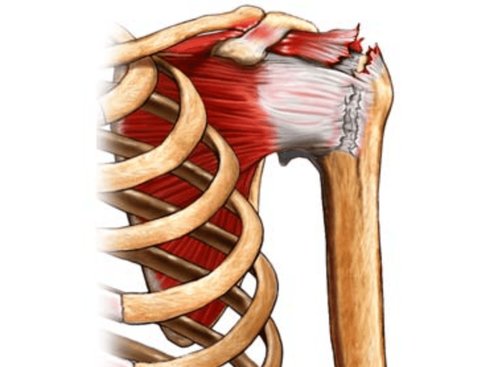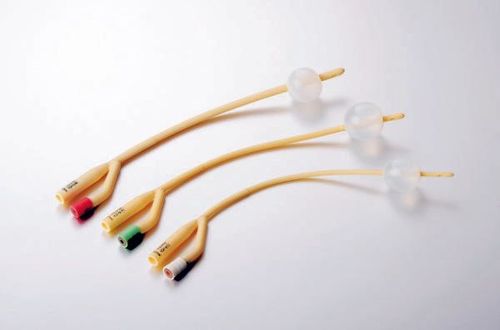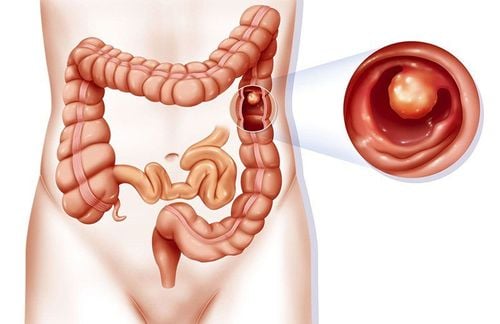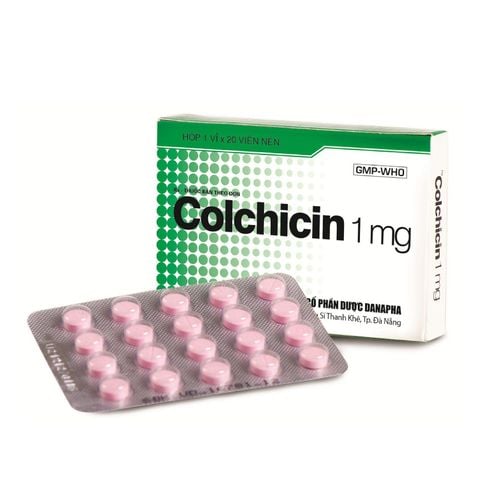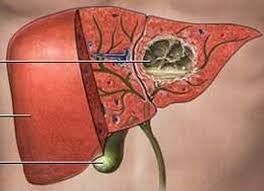This is an automatically translated article.
The article was professionally consulted by Specialist Doctor II Mai Anh Kha - Orthopedic surgeon - Department of General Surgery - Vinmec Danang International General Hospital.The rotator cuff is a combination of muscles and tendons that connect your arm bone to your shoulder blade. The rotator cuff also holds your upper arm bone in place in the shoulder socket. The four muscles of the rotator cuff include the subscapular, supraspinal, subspinous, and rotator cuff tendons. Each muscle is connected to the arm bone by a tendon. Laparoscopic rotator cuff suture is surgery used to repair a rotator cuff tear in one of these tendons.
1. Torn rotator cuff
Causes of a rotator cuff tear include:People of all ages can tear a rotator cuff . The rotator cuff can wear out and deteriorate over time. Sliding and often pushing the head forward are two movements that make the rotator cuff dangerous. In the elderly, the rotator cuff can become irritated or pinched by calcium deposits in the shoulder or bone from arthritis. Tennis players, swimmers, and baseball pitchers are at risk for injury, as are carpenters and painters. Symptoms of a rotator cuff injury include: weak shoulder, unwillingness to move the shoulder due to pain, especially when you lift, pull and reach behind your back or overhead, reduced range of motion in your shoulder joint.
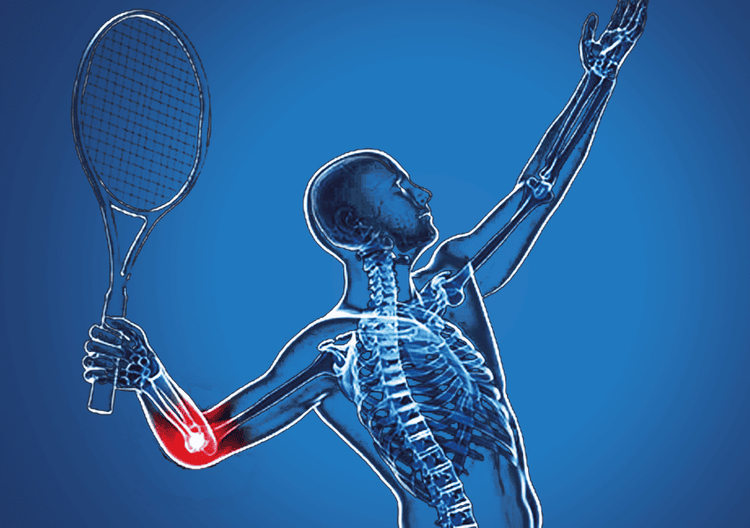
Những người chơi tennis, bơi lội tăng nguy cơ rách chóp xoay
Open surgery: A traditional open surgical incision (several centimeters long) is usually required if the rotator cuff tear is large or complex. The surgeon makes an incision in the shoulder and separates one of the shoulder muscles (deltoid) to get a better view and access to the torn tendon. During open surgery, the surgeon usually removes bone spurs from the underside of the acromion (this procedure is called arthroscopic surgery). Open surgery may be a good option if the tear is large or complex. Arthroscopic surgery: During arthroscopy, the surgeon places a small camera, called an arthroscope, into the shoulder joint. The camera displays images on a television screen, based on which the surgeon guides the miniature surgical instruments. Laparoscopic rotator cuff suture is an outpatient procedure and the least invasive method for treating a rotator cuff tear. Mini open surgery: Uses newer technology and tools to make repairs through a small incision. The incision is usually 3 to 5 cm long. This technique uses arthroscopy to evaluate and treat damage to other structures in the joint. During tendon repair, the surgeon views the shoulder structures directly, rather than through a video monitor.

Phẫu thuật nội soi ít xâm lấn nhất để điều trị rách vòng xoay
2. Laparoscopic surgery of rotator cuff stitches
2.1 Indications and contraindications for surgery
Laparoscopic rotator cuff suture is indicated for all patients over 18 years of age with the following conditions:Clinical examination and positive: Jobe test, full can test, Patte test, abdominal compression test, The Gerber test, the Napoleon test, and the falling arm test. Image: X-ray shows signs of solid bone fibrosis in the great tubercle region of the humerus and the apex of the shoulder, the humerus head is displaced upwards. Magnetic resonance imaging with partial or complete tearing of the rotator cuff tendon thickness. Endoscopic image showing rotator cuff tear and indication for endoscopic rotator cuff tear. Have been treated with non-steroidal anti-inflammatory drugs or corticosteroids, pain relievers alone, muscle relaxants, and physical therapy for at least 12 weeks prior to the time of surgery and consultation. Laparoscopic rotator cuff suture is contraindicated for:
Patients with contraindications to surgery because of medical disease or unable to have endotracheal anesthesia. Cases with very large rotator cuff tears that cannot be sutured or patients have to do other surgeries such as plastic surgery, abdominoplasty of the shoulder.
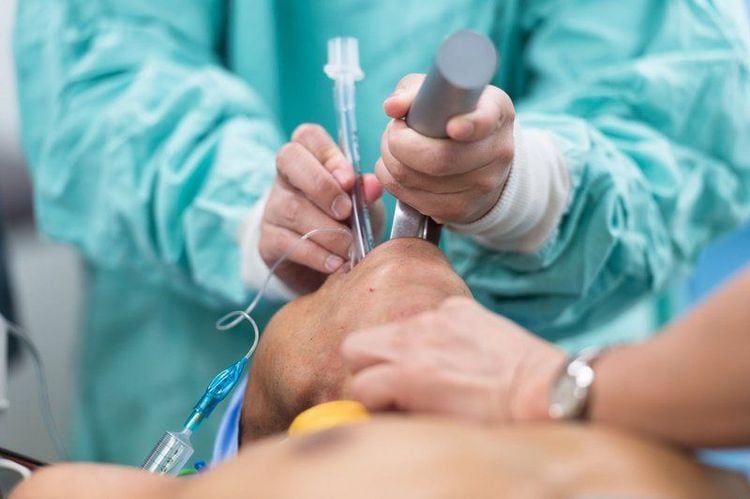
Người bệnh không thể gây mê nội khí quản chống chỉ định thực hiện
2.2 Steps to prepare for surgery
The person performing the surgical procedure: An experienced orthopedic surgeon, certified in arthroscopic surgery.Shoulder arthroscopy facilities: light source, water cord, shaver, arthroscopic burning, shoulder trocar, suction cord, endoscope, rotator cuff suture, rotator cuff anchor thread. Patients: were clearly instructed on the laparoscopic surgical procedure of rotator cuff sutures, marking the surgical shoulder area. Medical records need to prepare relevant images, including: MRI of shoulder joint, X-ray of straight-tilt shoulder joint.
2.3 Steps to perform surgery
Examination of the patient: re-evaluate symptoms, tests, and paraclinical images. Technical implementation: (30-60 minutes). The patient will be under endotracheal anesthesia, lying on his side, pulling his arm. The bronchoscope will be inserted into the shoulder joint by means of anterior, posterior, and lateral ports to explore within the shoulder joint and subsacral space, to accurately assess subscapular, supraspinal, subspinous and small round tendon tears and lesions. Other accompanying: damage to the long head of the biceps tendon, the part located in the joint and the part located in the biceps groove, in the alveolar margin or in the articular cartilage. Treat these accompanying lesions. The rotator cuff tendon can be sutured in 1 row or 2 rows depending on the type of tear.2.4 After surgery
Postoperatively wear a rotator cuff for 4-6 weeks depending on the size of the tear. Physical therapy practice.Rare complications of rotator cuff surgery may include damage to a part of the brachial nerve due to stretching, drainage during surgery to surrounding tissues, feeling of shoulder stiffness after surgery, but usually self-healing if combined well with regular physical therapy, can be laparoscopic or exploratory surgery.
Intraoperative complications: Injury to the tendon caused by the doctor, incomplete apex shaping, fracture, rotator cuff tear, broken anchor device: Re-operation laparoscopic or open surgery.
Laparoscopic rotator cuff surgery is often successful in relieving pain in the shoulder. However, it may not be possible to restore strength to the shoulder. Treatment of the rotator cuff requires a long recovery time, especially if the rotator cuff tear is large. How long it takes for you to return to work or play sports depends on the surgery that was performed. it takes several months to perform your daily activities.
Laparoscopic rotator cuff suture is a surgical method widely applied in the world, bringing high efficiency and safety than previous methods and shortening the patient's recovery time.
With more than 22 years of professional experience, Doctor Mai Anh Kha used to hold the position of Head and Deputy of Department of Surgery - Plastic Burns at Hue Central Hospital and worked at other large medical units such as Da Nang Hospital, Traffic Hospital 5. Currently, he is an Orthopedic Surgery Doctor - General Surgery Department - Vinmec International General Hospital Da Nang.
To register for examination and treatment at Vinmec International General Hospital, you can contact Vinmec Health System nationwide, or register online HERE.





